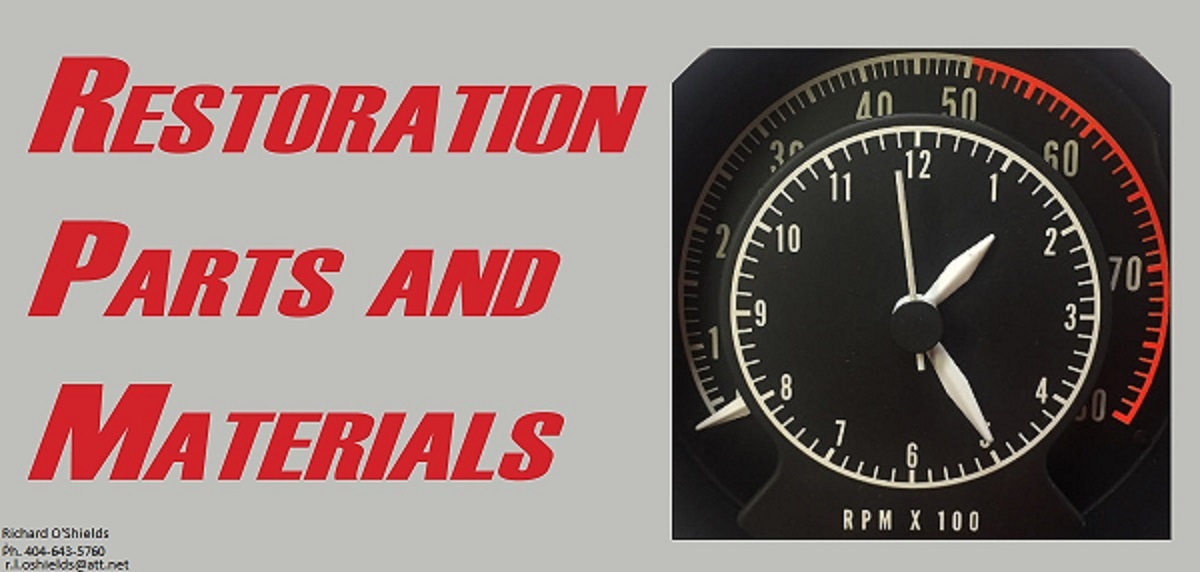Nice write up and pictures.
Isn’t toe supposed to be measured at the most forward and aft points of the tire? Long ago, I learned how to align all 4 wheels on a 66 Corvair and we measured at the mid-point, vertically of the tire.
we used a piece of angled steel with 1/8” welding rod mounted at each end to each up to the vertical midpoint of the tire....
Good question. At zero it will not make a difference. But I could see where on a larger diameter tire it could make some difference if measured on the most forward and rearward portions of the tire.
The manual description is up for interpretation:
"Tow- in is measured in inches and is the distance the leading edges of the tires are closer than the trailing edges."
So what is the leading edge? They could be talking the the actual tire leading edge on the ground, or are they talking the leading edge measured at the largest diameter of the tire?
I need to find my old college suspension book.
This is an interesting exercise to break up the afternoon.
Without a special fixture like you described it would be difficult to measure the outer edges.
The fixture I used was for 13 - 18" tires and measure point was 13 inch from center-line. I am running 14 inch tires. My tires measure close to 28" diameter (front to back)
I couldn't do the math in my head so I laid it out on my work bench.
Using the 1/8" spec in the manual, I set my bars so that they had an 1/8" difference between fore and aft (1/8" difference at 26"). Crap now that I laid it out and am writing it down I could have done the math.
Maybe I will come back to the math, but first the visual.
I then extended the lines on my bar and measured at 14" (28" diameter) and at 15" (30" diameter).
At 13 inches each direction of center-line (the length of my bars) I had 1/8" (4/32")difference, at 14 inches I had about 5/32" inch difference, and at 15 inches I had about 3/16 (6/32").
So for this set up and with my 14 inch tires, if I was to set to factory specs and the leading edge of the tire (largest diameter) is where I should measure, then I should have set my toe-in toe to 3/32" (1/8" - 1/32).
I can live with less than 1/32" of tolerance, (actually the tape measure the sent in the kit only goes down to 1/16".
I think the math is much less than that, but my lines are about 1/16" wide and my tap measure measure is not that accurate.
Now the math model. I am not a math scholar or geometry expert. (So I could be wrong, but I am assuming the same rate of change throughout the distance)
per spec 1/8" I have a 14" tire that is about 28" diameter
1/8 of difference in 28"
.125 / 28 = .00446429 This is the factor I should be able to use for every inch difference of tire diameter.
13" from center line (26 x .00446429 = .11607143). At 14" from center-line (28" dia) the spec is .125 (1/8). .125 - .11607143 = .00893 or just a little over 1/128".
So in theory I should have subtracted 1/128" off the 1/8" measurement to compensate for my 13" fixture. 16/128" down to 15/128"
So in my case it is not a measurable difference.
How about a 40" dia tire with my alignment set up (13" bar from center-line)
Say the spec was still 1/8" (.125) but now on a 40" dia
.125 / 40 = .003125 My bar is 13" from center, so 26" long. (26 x .003125 = .08125) .125 - .08125 = .04375" This means I would have to subtract about 3/64" from the spec using my bar . So somewhere between 1/16 and 1/32 of an inch difference.
So I don't know if it really matters that much.
Also as you get larger tires you need larger fixtures. I would guess that the larger fixture comes with a longer bar.
Thanks for the afternoon brain teaser. For disclosure made me second guess my accuracy so I had to prove to myself whether it makes a difference or not.
It does not with standard measurement tools.
My visual experiment was not as accurate as my math calculation.

















